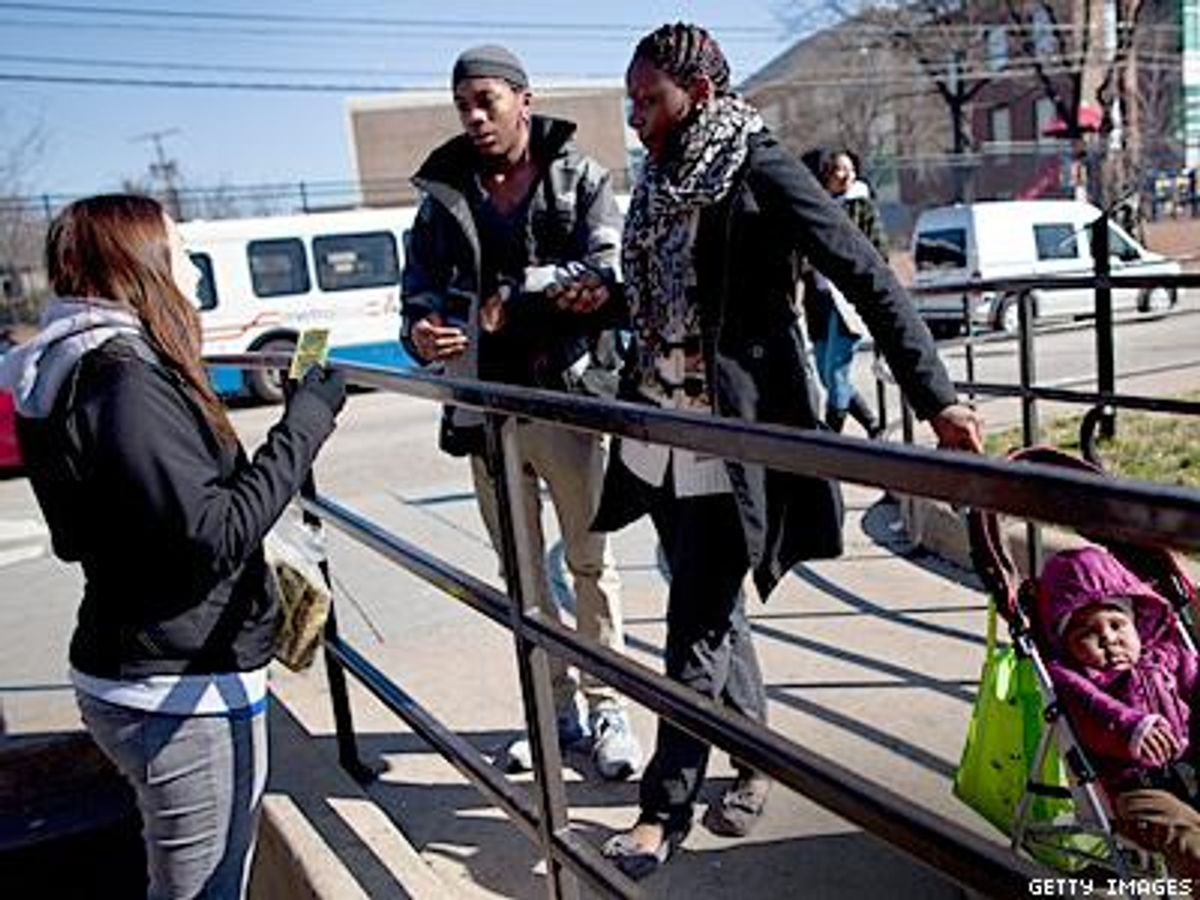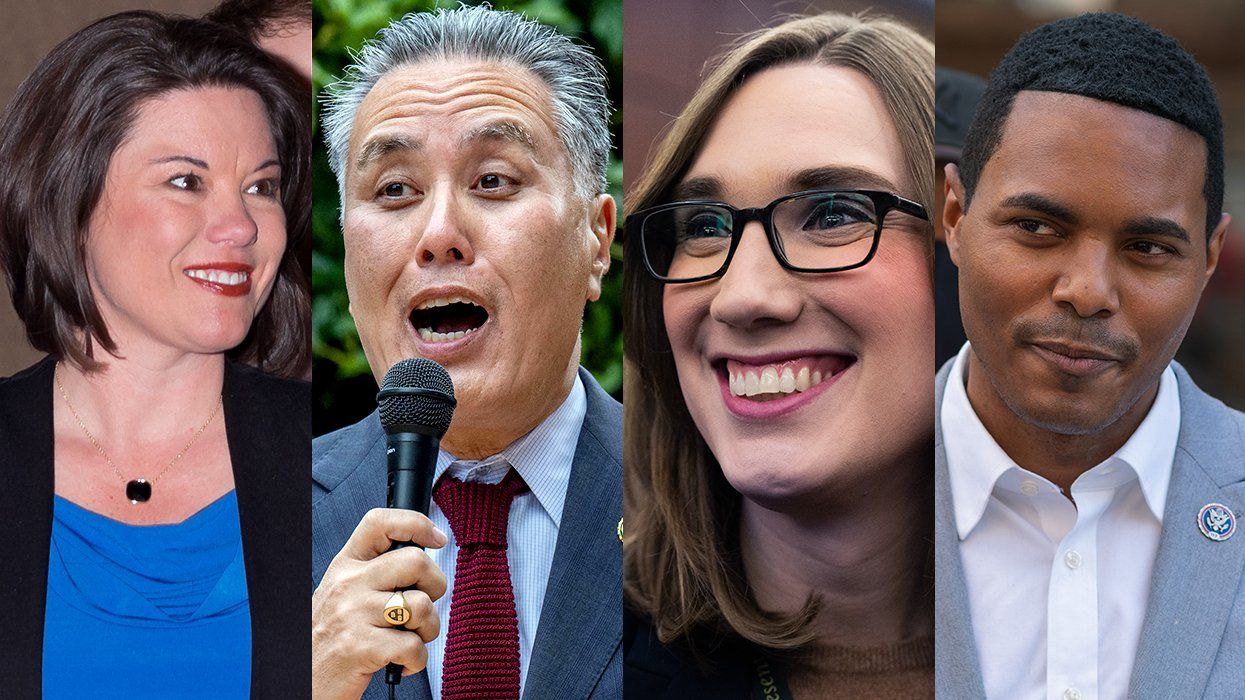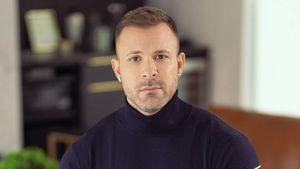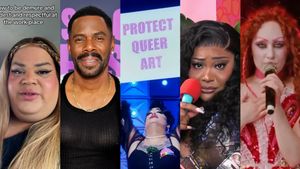One day more than 30 years ago in New York, 80 gay men met in writer Larry Kramer's apartment to discuss the deadly disease that was spreading throughout their community. From this meeting came the Gay Men's Health Crisis, today simply GMHC, the first-ever community health organization of its kind.
In 1987, the AIDS Memorial Quilt, a poignant reminder of the thousands who died from the disease, was displayed on the National Mall for the first time. In April 1990, Congress passed the Ryan White AIDS Memorial CARE Act, providing unprecedented federal funding for HIV/AIDS care and treatment.
In 1995, President Clinton held the first ever White House Conference on HIV/AIDS, and created the Office of National AIDS Policy, delivering a memorable speech in which he articulated exactly why fighting the disease had to be a national priority.
These are all milestones in the history of HIV and AIDS in America, milestones that illustrate years of progress and growing awareness that silence and inaction in the face of this epidemic literally was death, in the words of a classic activist slogan. But today, much of that awareness has receded from not only the public consciousness, but from the priorities of the funders, notably LGBT funders, that once devoted so much of their time and money to fighting the disease.
No one, of course, disputes that the HIV epidemic is very much real worldwide. But as HIV treatment has become increasingly available in developed countries (at least for those who can afford it), a false perception has seemingly taken root that HIV is no longer a serious health risk here in the United States. And while combating the spread of HIV overseas is an absolutely crucial priority for all of us, those who believe it to no longer be an urgent matter here in the United States could not be more wrong.
The simple truth is this: the organized LGBT-focused foundations that have traditionally funded HIV organizations are no longer doing so at nearly the same level - or phasing out funding altogether. And this creates tremendous challenges to those serving people with HIV or preventing its further spread. It is unclear to me why this is happening, but it is reasonable to note that the demographic we are talking about is more often than not financially very well off, generally white, and gay. And the LGBT community and movement have a long-overdue need to address our own issues around race and class.
The vast majority of Americans most at risk and affected by HIV today look nothing like what many people may think or see in the media about HIV, being neither white nor well-off. While the total number of new HIV infections in the U.S. remained stable between 2006 and 2009 looking at the current demographics reveals some shocking disparities. Some 44% of all new HIV infections were among African Americans, who make up only 14% of the U.S. population, and their rate of infection was eight times that of white Americans. And in just those three years, the CDC reports that infections increased an astounding 50% among young African American men who have sex with men. These men suffer the consequences not only of homophobia, but also of the structural inequality that pervades our society - even in the gay community. And far too many who need HIV medications lack the resources or insurance coverage to obtain life-saving and -extending medications, or are unfortunate enough to live in a state with a cheap Medicaid program or a long waiting list for access to HIV drugs. Worse, the Supreme Court's recent decision upholding the Affordable Care Act, but limiting the federal government's ability to compel a state's participation in the expansion of Medicaid is likely to further exacerbate the problem of access for those who need HIV prevention, care and treatment services most.
So I ask those LGBT foundations and individuals that once gave millions of dollars to AIDS organizations, often as part of a larger mission to advance LGBT equality, why they are phasing-out HIV funding or completely ending it, often at great cost - in lives, not dollars - to many in our own community who most need the support.
It is not surprising that few beyond the HIV services community are aware of the reality of HIV and those most affected in this country. For obvious reasons leaders of organizations like mine don't look for opportunities to complain about potential funding sources. But silence and complacency in the face of vital LGBT funders walking away from HIV just isn't an option. The epidemic can't be ended for some; it must be ended for all. And when it is our community that is most affected by HIV, the absence of LGBT funders in the continuing fight is just too inexplicable and exasperating a circumstance to stay silent.
Looking at the bigger picture, public dollars are also no substitute for private foundation grants. With a divided Congress, there is a strong possibility that Democrats and Republicans will be unable to come to an agreement on the budget this year - and that would lead to a process called sequestration, forcing draconian cuts in the budget. Among the programs on the chopping block? The Ryan White CARE Act, which has provided vital care and services to thousands of low-income Americans with HIV. And if that wasn't enough, all federal health and human services programs will be at risk as well - potentially gutting key support for HIV prevention, treatment, housing and services. The need for funding is growing, but the dollars available are actually decreasing - unless our community takes action.
Fortunately, not all foundations have turned away from HIV. The Elton John AIDS Foundation, among others, has not changed its commitment to stopping the spread of HIV, particularly in the MSM and people of color communities that have been hardest hit by the epidemic. And obviously, EJAF was founded and continues to be run by a rich, white gay man.
As a community, we have a choice to make. We can ignore the appalling rates of HIV infections among gay and bisexual men of color, among others most at-risk and affected by HIV. Or we can confront it with the urgency it demands and with which we confronted the disease twenty and thirty years ago when we declared that we would not be silent in the face of an epidemic that had claimed so many of us. The choice is clear.
DANIEL TIETZ is executive director for AIDS Community Research Initiative of America. Learn more at acria.org.


















































































